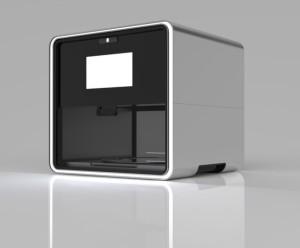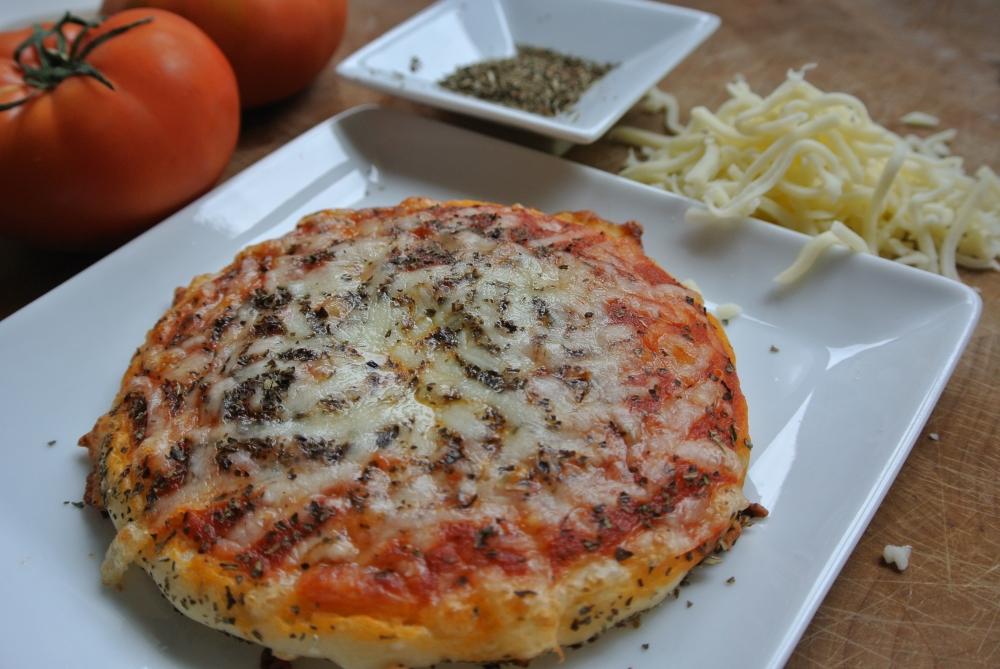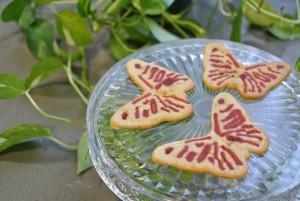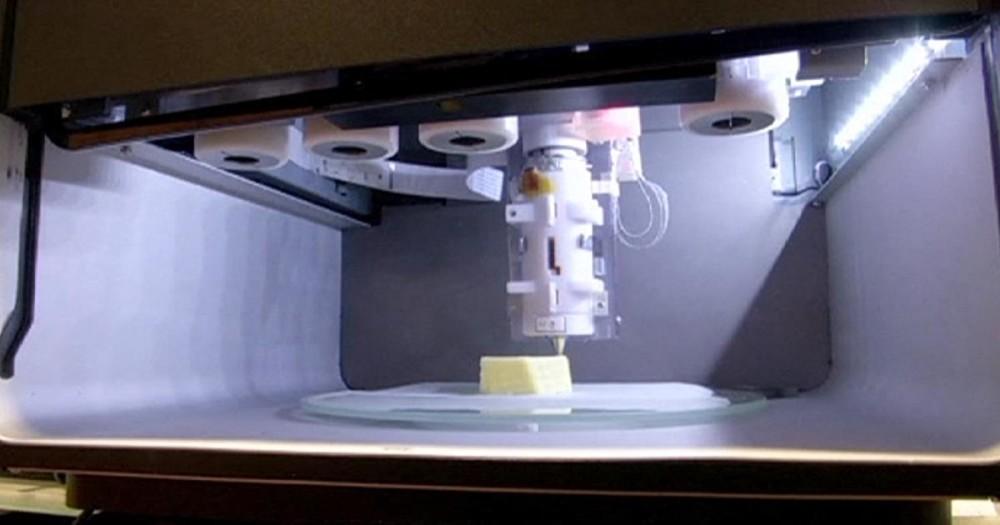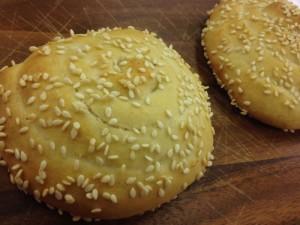It will be according to Natural Machines co-founder Lynette Kucsma, who predicts that the food printing kitchen appliance will one day be just as ubiquitous as the microwave oven is today. It is a rather bold claim, especially in light of the fact that food 3D printing is still in the very early stages and so far the general public hasn’t really been impressed. The industry has trying to make food 3D printers a thing for a few years now, and so far none of the handful of models that have been released will set any sales records any time soon. And there are a few hurdles in the way that need to be addressed before the Foodini is going to find itself racing into the average kitchen.
One of the current drawbacks to food 3D printing is the actual food materials themselves; so far the technology is extrusion-based and limited to foods that can be made into a paste. That is an ideal technology for foods like chocolate, frosting, doughs or hummus, but in terms of more robust foods the texture is an issue that will need to be resolved. Certain foods, like the 3D printed pizza, are a start to be certain, but the pizza still needs to be cooked just like any pizza. It is unclear if the general public will consider 3D printed pizza anything but a novelty given how easy it is to acquire pizza in almost every other form.
Alternately, paste-extruded food will have some interesting benefits to modern life, and allow users quite a bit of freedom when it comes to meal and food planning. Already the Foodini can be programmed to 3D print food in specific caloric portions, so foods can be portioned out to fit virtually any food plan. But in the future it is likely that customized food mixtures can be made that will allow a food 3D printer to make foods specific to users’ daily nutritional needs. Kucsma even sees the potential of connecting the Foodini to smart devices and finding its place as part of the kitchen of the future.
“Your kitchen is going to become more intelligent as time goes by. So you will have connected devices that talk to each other. You [could] connect your Fitbit to your food printer and it can print a breakfast bar, for example, that’s appropriate for you on that given day,” Kucsma told TechInsider.
Unfortunately we’re still probably a few years away from anything that advanced, but Natural Machines is taking their time rolling out the Foodini and is realistic about its chances of being a must-own kitchen appliance. So far the primary users for the food 3D printer seem to be in restaurant or high-end kitchen environments, where its ability to perform repetitive tasks while the staff does other things has proven useful. A Foodini can be running in the background creating uniquely-shaped desserts or appetizers while other food is being prepped, saving precious time for a busy kitchen staff.
- 3D printed cookies with Chocolate details
- 3D printed chocolate desserts
- 3D printed butterfly cookies.
“They totally get it in five minutes or less. They get very excited about it. They are not at all worried that it will replace them in the future, that’s not our intention. They look at it as a kitchen tool that allows them to plate presentations or dishes that they just cannot physically do by hand or to automate certain food tasks,” Kucsma said.
However, in terms of home use it is still going to be a tough market to break. So far the user needs to supply all of the food materials, so the printer doesn’t actually save any food preparation time but actually adds new steps to the process. It’s a great machine if the user is really set on eating star-shaped hummus that day, but as a device being used to make an everyday meal there are too many steps in the process and hassles. The microwave oven may have taken a few years to become a common household appliance, but it eventually became popular because it actually saved time. If Natural Machines wants to put food 3D printers in every home then they’re going to have to get them to do more than make novelty-shaped food.
Kucsma says that Natural Machines has been contacted by food manufacturers and food retailers to pre-sell ready-made food capsules. They are also looking into the possibility of a fresh food delivery service that would be made from local and unprocessed ingredients. All of that still seems like a niche, luxury service, but given the mechanics of economies of scale there is potential there. Food texture is still going to be a sticking point; paste shaped like real food doesn’t sound very exciting, however Natural Machines is currently developing a new model with an integrated cooking element.
“We’re actually to the point where we’re taste-testing food cooked with our cooking version. We know that’s really gonna be [of] high interest to consumers, so that’s part of the transition: get [Foodini] on the market first and then by that point you’ll start eating food at sporting events, in restaurants, [and] you’ll start getting used to the idea and it’s not such a mental jump to buy it. There was a lot of resistance to [the microwave] because people didn’t understand it. It was a new technology. ‘Why do I need a microwave if [I have] a perfectly good oven?’ We see a similar trajectory with 3D food printers except it’s gonna happen much faster. We accept technology a lot faster and the technology evolves a lot faster,” Kucsma continued.
It wasn’t too long ago that we were promised that there would be a desktop 3D printer in every home, and so far that has proven to be an exaggeration at best. Primarily because, while a 3D printer is cool, and can be used to make some great things that can be used around the home, it doesn’t have a clear and distinct purpose in the home. An everyday user just isn’t going to have enough uses for a 3D printer. Yes, a user could spend an hour designing a replacement knob for their stove, and then wait around for a few hours while it prints, but how often is that going to happen? There are no daily uses for a standard 3D printer in the average home.
However, a specialized 3D printer that works with food might actually be the application that changes that. It is much more likely that using a printer to help prepare meals, provided the developers speed up the process, is a device that most homes would find regular uses for. And Natural Machines seems to be realistic about the market’s need for a kitchen 3D printer, and is taking their time developing their technology. So while it may be too early to call the Foodini the microwave of the future, it isn’t really that outlandish of an idea. Discuss in the Foodini & 3D Printed Food forum over at 3DPB.com.
Subscribe to Our Email Newsletter
Stay up-to-date on all the latest news from the 3D printing industry and receive information and offers from third party vendors.
You May Also Like
Precision at the Microscale: UK Researchers Advance Medical Devices with BMF’s 3D Printing Tech
University of Nottingham researchers are using Boston Micro Fabrication‘s (BMF) 3D printing technology to develop medical devices that improve compatibility with human tissue. Funded by a UK grant, this project...
3D Printing Webinar and Event Roundup: April 21, 2024
It’s another busy week of webinars and events, starting with Hannover Messe in Germany and continuing with Metalcasting Congress, Chinaplas, TechBlick’s Innovation Festival, and more. Stratasys continues its advanced training...
3D Printing Webinar and Event Roundup: March 17, 2024
It’s another busy week of webinars and events, including SALMED 2024 and AM Forum in Berlin. Stratasys continues its in-person training and is offering two webinars, ASTM is holding a...
3D Printed Micro Antenna is 15% Smaller and 6X Lighter
Horizon Microtechnologies has achieved success in creating a high-frequency D-Band horn antenna through micro 3D printing. However, this achievement did not rely solely on 3D printing; it involved a combination...


